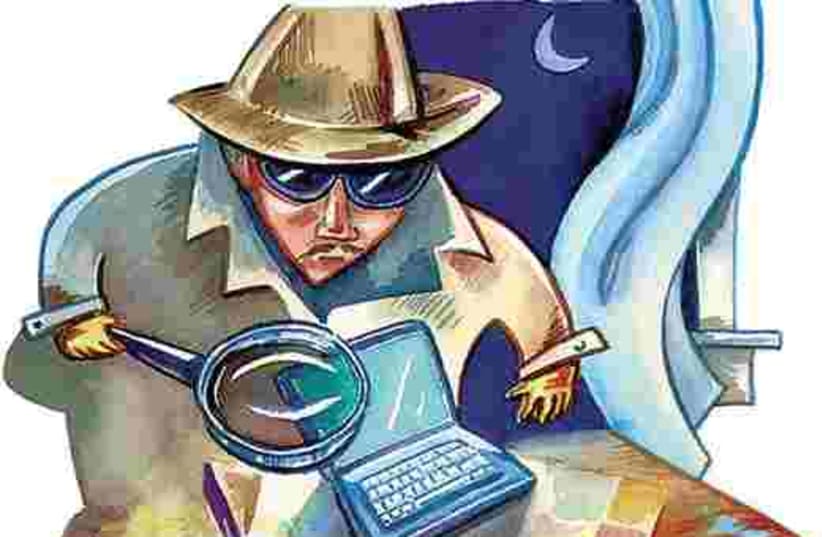Don’t give your password to anyone.This might seem like a no-brainer, but surprisingly it isn’t. A survey carried out for the Infosecurity Europe trade show proved that more than 70 percent of people asked would trade their passwords for a bar of chocolate. Not only that, but 34% didn’t even need to be bribed with chocolate to rattle off the keys to their digital lives.But your email isn’t just at risk from strangers offering candy. Sometimes a scammer will send you an email purporting to be Facebook or Gmail or some other service and ask you to confirm your password or else they will close your account, or some other threat. In my entire career, I’ve never gotten an email asking for my password that has actually been from the service it said it was from. If you aren’t sure, ask someone who you know has a strong technology background to verify the email for you before you send them any of your details.Another place that you shouldn’t use your email passwords is on sites like Facebook that want to log into your email to connect you with more friends. Giving a third party direct access to your email means that they keep the password on file and if they suffer a data breach, your email details will be in the hands of people you really don’t want to have it.Make a password that is hard to guess.The most common password is “12345.”You would be surprised at how little work identity thieves have to do to guess their way into accounts protected by weak passwords.The best way to protect your account is to make a password that is hard to guess. Since it isn’t easy to remember passwords like “BHt6fbnO,” it is recommended to use sentences instead. “ILove- ToRowBoatsOnTuesday” is a much better choice than “1234” or “ponies,” while still being memorable. Another way to make passwords more secure is to use a password manager like www.passpack.com, which can manage your passwords for you.
Don’t use the same password for more than one service.More important than any other service on the Internet is your email. Most email providers have pretty decent security when it comes to preventing break-ins.The same can’t be said for many of the other services you sign up for online. In an effort to remember all your passwords, I’m sure you have re-used a password or two for all of your services. Most people do.The problem with this is that if a single service gets compromised, identity thieves try to use those passwords on the email addresses used to sign up for the service.They succeed in logging into the email far too frequently for comfort.Use dual authentication.Gmail is the most popular email service, with approximately 350 million active accounts. It has a great feature for preventing someone from breaking into your account, called “dual authentication.” In addition to using your username and password to log in, it also sends an SMS to your phone with a code to type in. Since an identity thief might have all your details but still not possess your phone, he or she won’t be able to get in. You’ll find it surprisingly easy to use and not much of a nuisance at all.You can get more information about dual authentication at http://goo.gl/ngP72.
